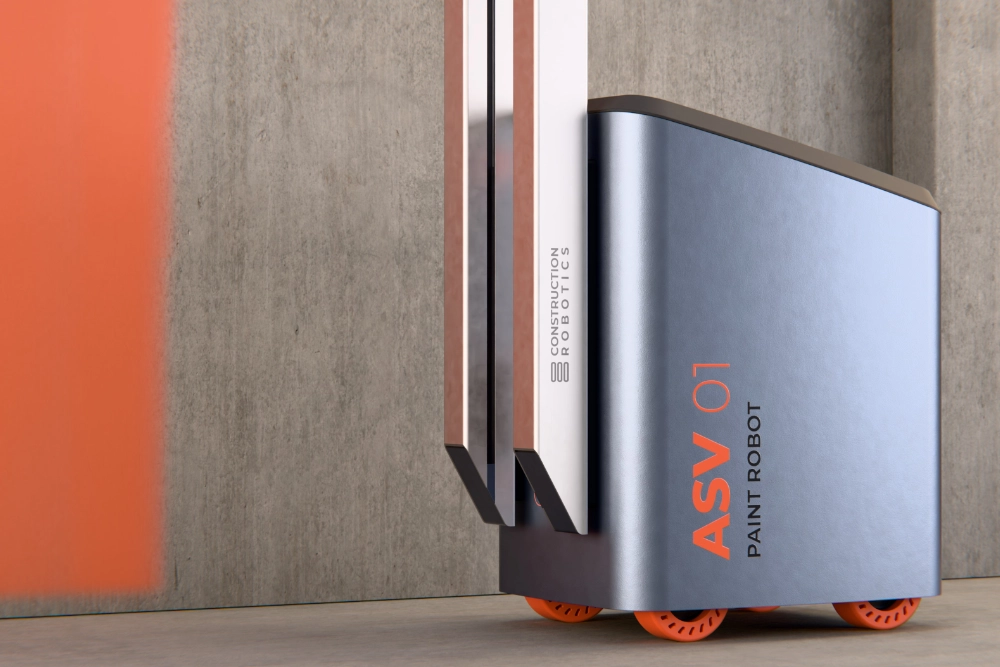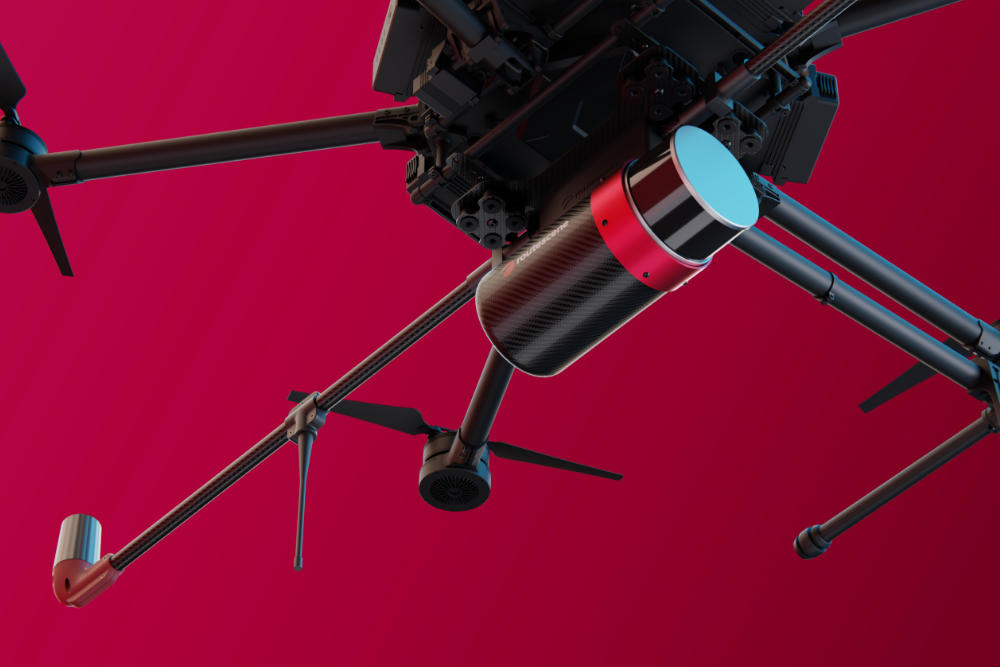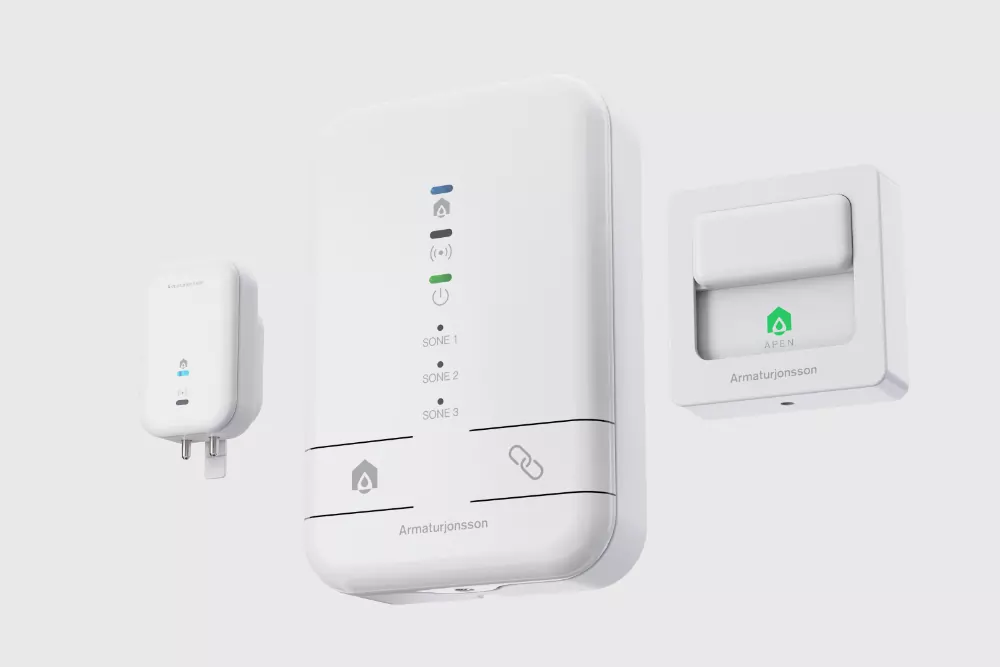Adding Value to Robotics & Professional Equipment with Industrial Design
Professional Equipment
Effective professional equipment design requires a thorough understanding of the intended user, task, and environment. Combining the knowledge of these elements can provide opportunities for improvement and value addition.
Robotics & Automation
For increased adoption and acceptance, robotic designs that interact with humans should be carefully considered from a psychological perspective. Industrial design can identify how to create positive perception and embracement.
Agritech & Farmtech
Product development for agritech focuses heavily on efficiency and appropriate design for the intended environment. Well considered agritech design can lead to greater adoption, investment, and recognition in the industry.
Staying Ahead of the Curve: Industrial Design for the Commercial Sector
The professional equipment and robotics industry can be extremely competitive, regardless of whether a company is well-established or a newcomer to the market. Employing strategic industrial design can help stay ahead of competitors, enhance value, and stand out.
Professional equipment product development
The product development of professional equipment balances functionality, durability, safety, and user experience. Getting this balance right can significantly impact the efficiency and success of the product and company. At Vivid Nine, we have experience working with various companies in the commercial and industrial sectors. We’ve worked with both large and small companies, manufacturing both high and low-volume products.
During a commercial product design project, we work closely with you to understand what’s important to your project and where we can add value. Whether it is a product refresh, a new product, or solving problems with an existing design, we focus on the elements that will have the greatest impact. Working independently or collaborating with in-house engineering teams, we bring innovation to commercial products, from ideation, branding, and aesthetics to cost reduction and DFM.
Benefits of a strong visual brand language for companies with multiple products
A lot of companies in the professional equipment industry have portfolios of multiple products. This can vary from lower cost to higher cost products, as well as lower and higher volume products.
One problem that can occur, particularly if the company buys or incorporates another company and adds its products to its offering, is a lack of visual brand consistency. Other problems can occur from differing manufacturing techniques or products that have been on the market for a long time compared to newer products that look visually different.
In order to build or maintain brand loyalty, brand recognition is a must. If products within a brand’s portfolio look different or can’t be easily distinguished from competitors, it will be harder to gain recognition and subsequent brand loyalty.
A strong visual brand language can direct product portfolios to create a strong, recognisable brand family. A visual brand language takes into account multiple elements of a product’s design, including its appearance, interaction points, usability, and the overall experience of using the product. Building a leading brand requires first creating a positive customer experience with the product.
Leveraging Industrial Design to Enhance Commercial, Test & Professional Equipment
Enhancing professional and industrial equipment through industrial design can involve various improvements. Here’s a short list of a few key areas.
Expand to read more
Functionality and Performance: Designing Efficiency
Professional and test equipment are generally designed to save time and money for the operator of the equipment. In order to do this, they need to complete their intended function as efficiently as possible.
This is where understanding both the task and the user is essential. A large part of the industrial design process involves empathising with the end user. Observing and experiencing how they complete the task can identify opportunities for improvement. If the task is performed multiple times a day, even small improvements can add up to improve overall efficiency. The same approach can be used to improve the quality of the task.
Understanding the task and empathising with the user is part of the design ethnography phase, this may take various forms depending on the type of equipment being designed. Typical approaches include interviewing users, experiencing using the equipment if possible, and journey mapping.
Boosting Your Brand: Commercial Equipment Design That Conveys Professionalism
Most pieces of professional equipment have been designed to carry out a specific task efficiently and to a high standard of quality. There are various stages at which quality can be perceived by the user. Each stage influences the next, potentially compounding opinion. Ultimately, once they have completed the task, they will form a final opinion of the product. However, this opinion may have been positively or negatively influenced by earlier stages of interaction.
Factors such as the quality of materials, visual aesthetics, brand recognition, ergonomics, and usability of the device can all influence and create a biased opinion before the equipment has been used or during use. This could be in either direction, setting up the user for a positive or negative experience. For instance, if the product isn’t intuitive to use initially, the operator may develop a lower opinion of the product even if it completes its intended function well. If other elements also contribute to a negative pre-use perception, the user is more likely to have an overall negative experience.
Setting up each interaction point to be positive will increase the chance of an overall positive experience. This will in turn aid in enhancing the impression of brand professionalism and quality.
To do this, we lay out a hierarchy of interaction points and aim to create a positive experience at every turn. Touch and interaction points are particularly important for user perception and should be prioritised during the design process. Aesthetics should also be relevant to the task and industry; if a product looks like it can do the job, we’re past the first step in the hierarchy of perception. The next step, physically interacting with the product, involves various factors to create a positive experience.
Robust, Dependable, and Maintainable Equipment
For industrial, professional, and test equipment, downtime can be a significant cost factor. Reliability in the product’s intended environment and use case is essential. If a product is used in a rugged environment, it should be designed accordingly. Areas that are exposed should be protected from damage or ingress, and material choices should have suitable longevity.
While the initial product should be designed for appropriate robustness and longevity, serviceability and repairability should be considered in the case of downtime. A regular service schedule can greatly reduce unexpected downtime, however, serviceability should be designed to be efficient to reduce planned downtime to a minimum.
Designing for serviceability and repairability of professional equipment can entail identifying potential components that may need replacing and ensuring an efficient assembly and disassembly procedure is outlined. Other considerations include the service type, whether it is an in-the-field, in-house, or service centre/manufacturer service. A field service may keep downtime to a minimum, but it may limit the type of service possible.
How robot adoption and psychological perception are affected by industrial design
While industrial manufacturing robots have been around for a long time, robotics development in other fields is growing. Over time, robotics will have an increased impact on numerous areas of society.
This may be disconcerting or unsettling for some initially. From a personal perspective, some people may feel initial distrust or apprehension towards robots. From a workplace perspective, this may be compounded by a fear of replacement, contributing to a lack of acceptance or resentment.
Considered industrial design can help reduce the impact of this. While robotics design generally focuses mainly on its intended task, considering when human interaction occurs, even indirectly, can greatly improve perception and acceptance. There are many factors that can influence this, however, aesthetics heavily affect a person’s initial perception. Depending on the environment, creating a robot’s appearance that is calm and unintimidating is a crucial step to gaining acceptance.
As well as aesthetics, movement and sound can also influence perception. If a robot moves in an unexpected or unconventional way, particularly a humanoid robot, this can cause unease.
There’s a fine balance to find, making a robot appear too friendly can also have a negative effect, causing people to not take it seriously or be embarrassed to adopt it. Designing a robot for human acceptance requires insight into the demographic of the intended people interacting with it. Using insights gained to direct design decisions will provide the best chance of acceptance and a positive perception.
Agritech Design: Overcoming Adoption Challenges
With the goal of lowering costs and increasing yield, agritech products look to integrate technology and data into the farming sector. Adoption in this category can be difficult, requiring a strong case highlighting the potential advantages. Designing agritech products for increased adoption rates requires a good understanding of both the process and goals of the end user. At Vivid Nine, we look at the whole system from the perspective of the farmer to understand their needs and subsequent opportunities for higher adoption percentages.
Many things influence the adoption of agritech products, whether it’s the cost of the system, the potential yield increase/payback period, or being noticed in a crowded market. User research, cost reduction, strategic design choices, and an effective marketing strategy can all be used to address these.
Some agritech products emerge from an academic starting point, developed through the implementation of a particular technology. A lot of times, this then turns into a prototype, which is then transitioned into a commercial product. While this can increase speed to market, it can sometimes neglect cost reduction and design for mass manufacturing opportunities. As a consequence, the product cost can be high, which in turn can affect adoption or investment.
A clearer value proposition that focuses on ROI will likely encourage more adoption — 30 percent of farmers cited an unclear ROI as a top barrier to adoption and, based on their responses, the minimum-expected ROI to consider adoption is 3:1
Adoption and return on investment can be maximised using industrial design. This can include cost reduction, manufacturing process efficiency, product functionality, user empathy and process mapping, and helping to create clear value proposition marketing material.
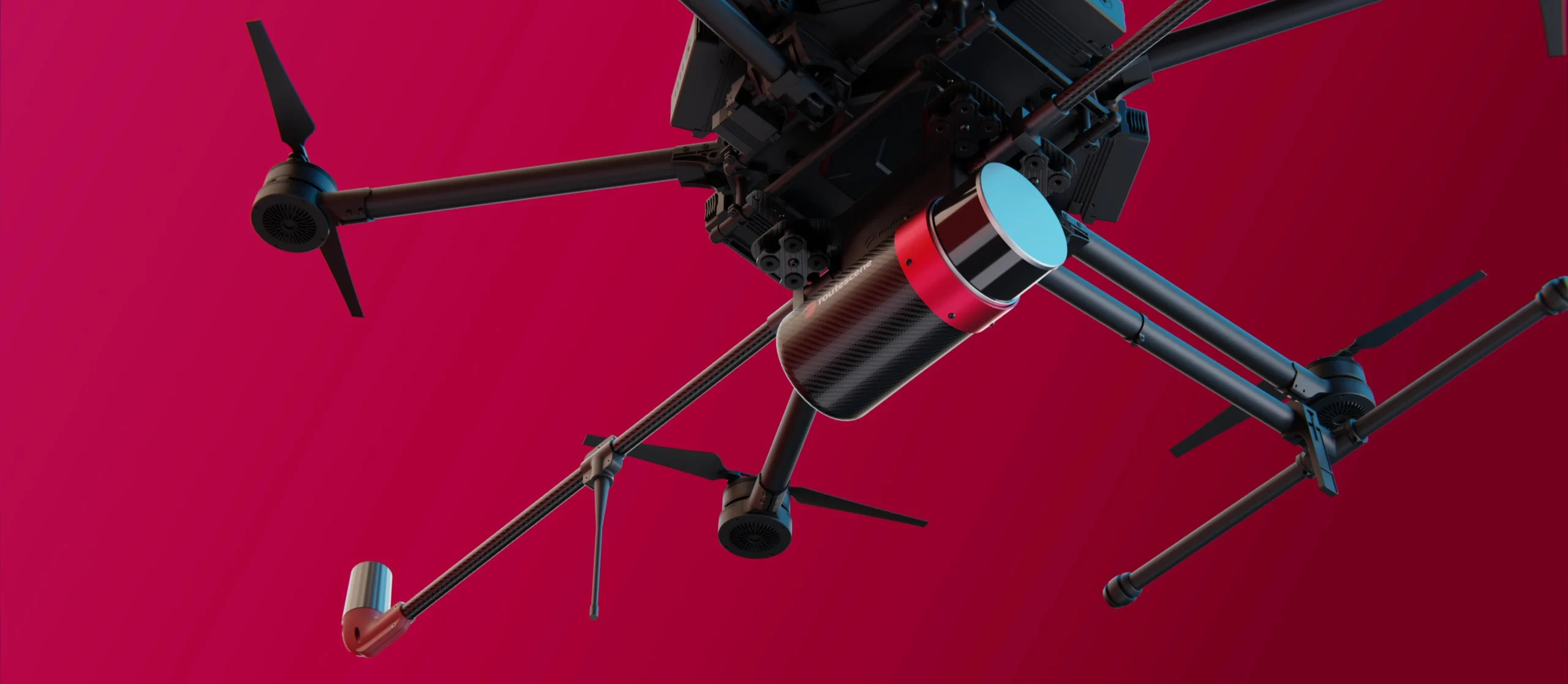
Selection of professional equipment clients our team of product designers has worked with.
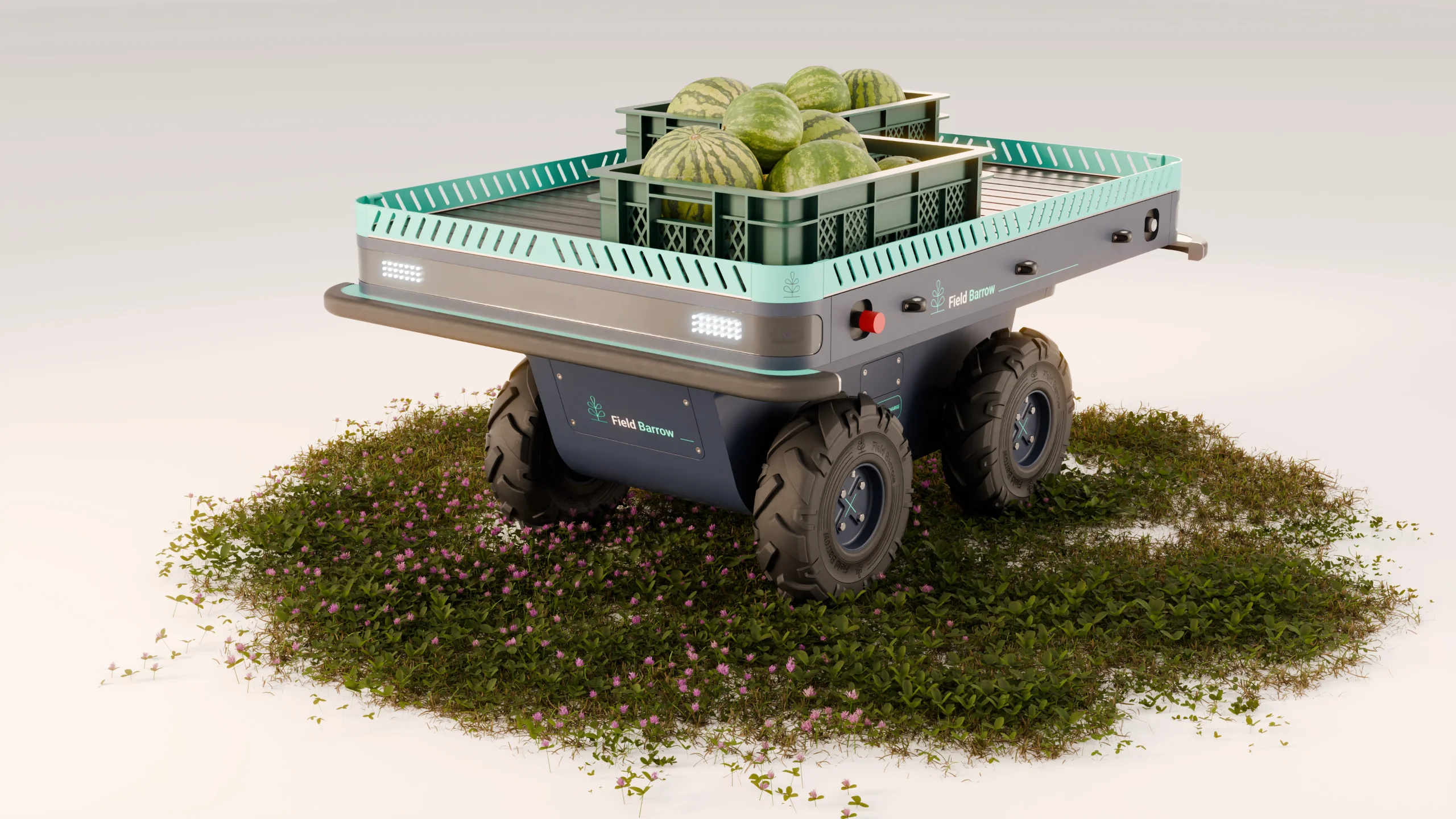
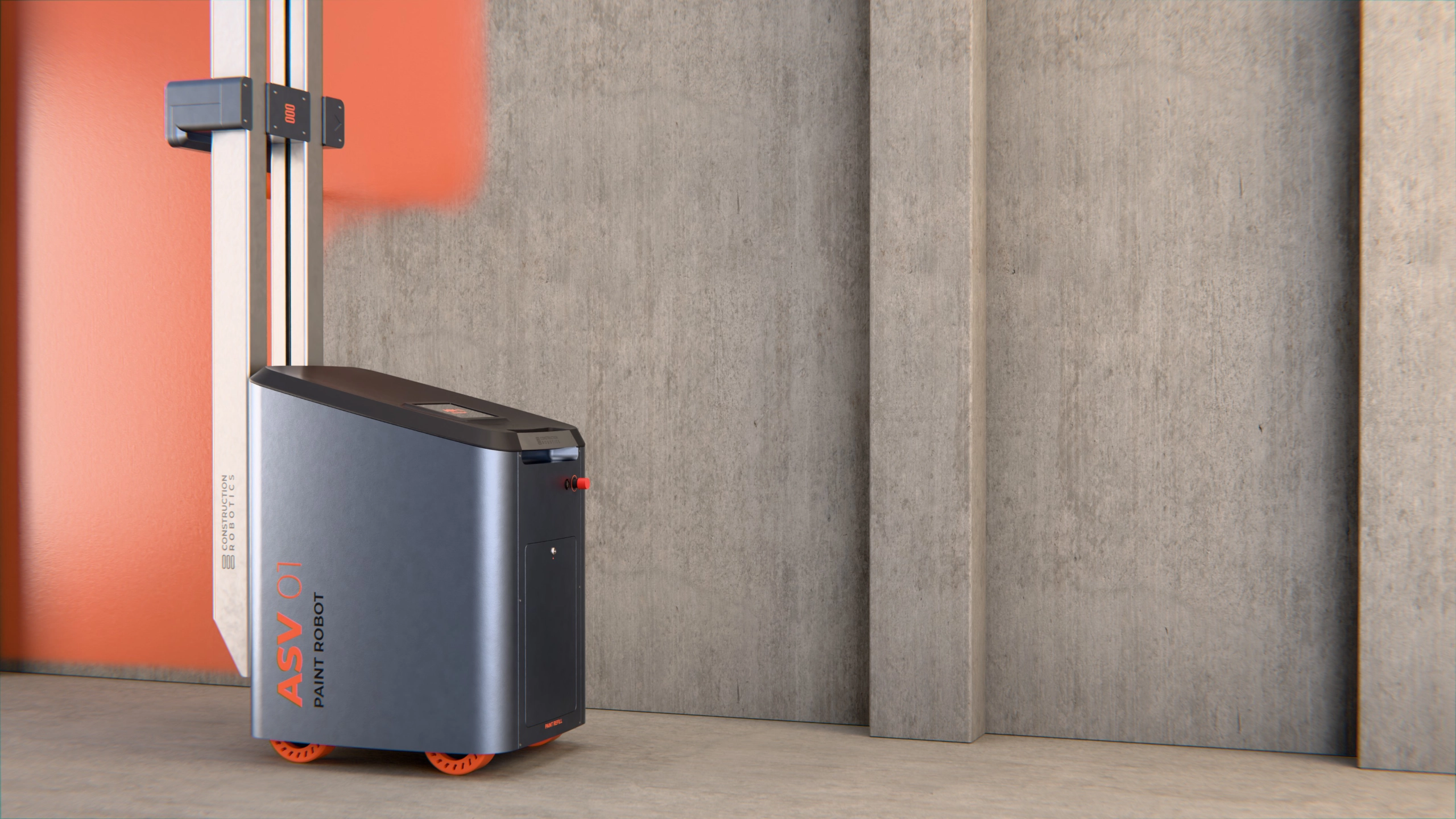
Professional Equipment & Robotics Design Case Studies
A selection of our professional equipment and robotics design work.
